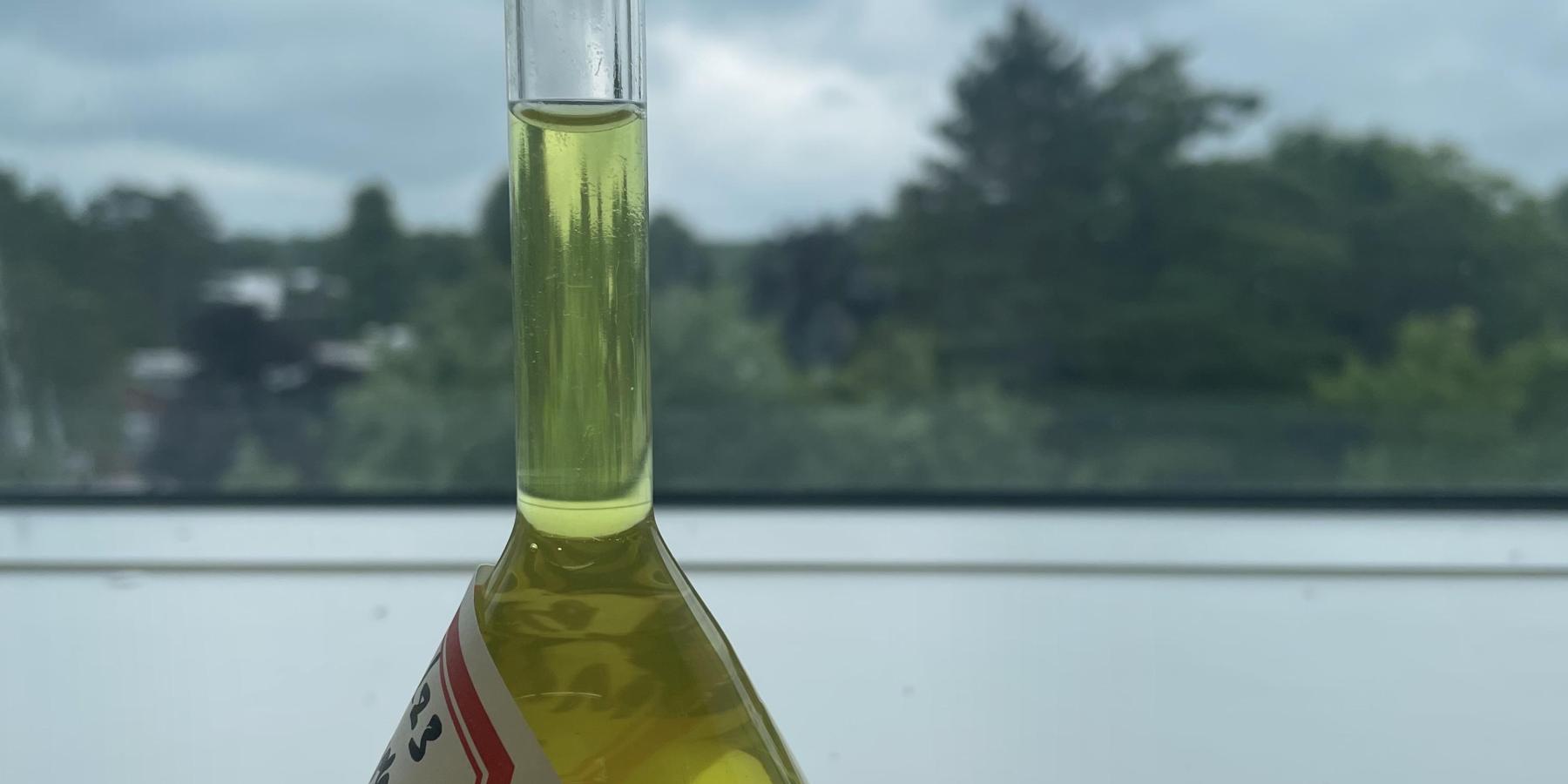
Support
Acridine dyes are commonly used for DNA-drug interaction studies because their polycyclic, planar, and aromatic structures can intercalate between adjacent DNA bases, stopping transcription and serving as potential chemotherapeutic agents. In my research, I have prepared a number of acridine derivatives to understand DNA-ligand interactions and structure-activity relationships better. These derivatives were prepared using two approaches: (1) by directly modifying proflavine with various reactions (e.g., amine acylation and aromatic substitution) and (2) by using the Ullman-Goldberg cross-coupling reaction to build up the acridine core, which allows for the introduction of more substituents via later nucleophilic substitution of the resultant 9-chloroacridines. I have also investigated the methylation of the aromatic acridine nitrogen to render the resulting products water-soluble and facilitate binding studies with DNA via a range of techniques, including melting point, viscosity, circular dichroism (CD), and kinetics. These studies will provide insight into how various functional groups affect the binding modes and intercalation properties of acridine derivatives.
